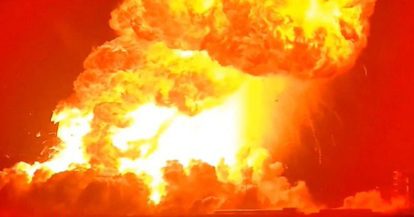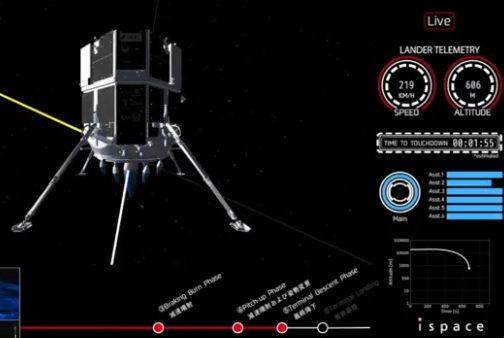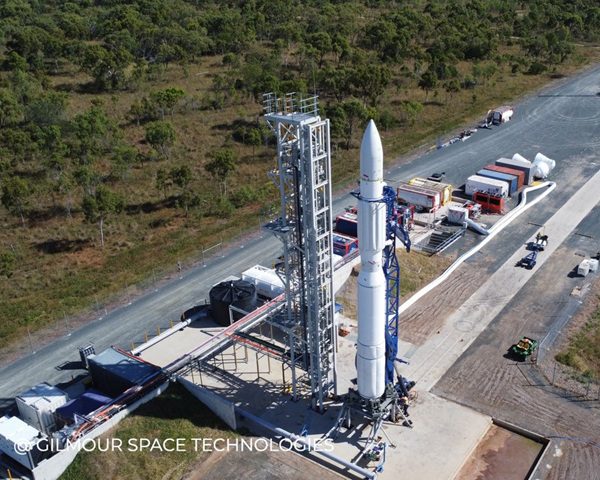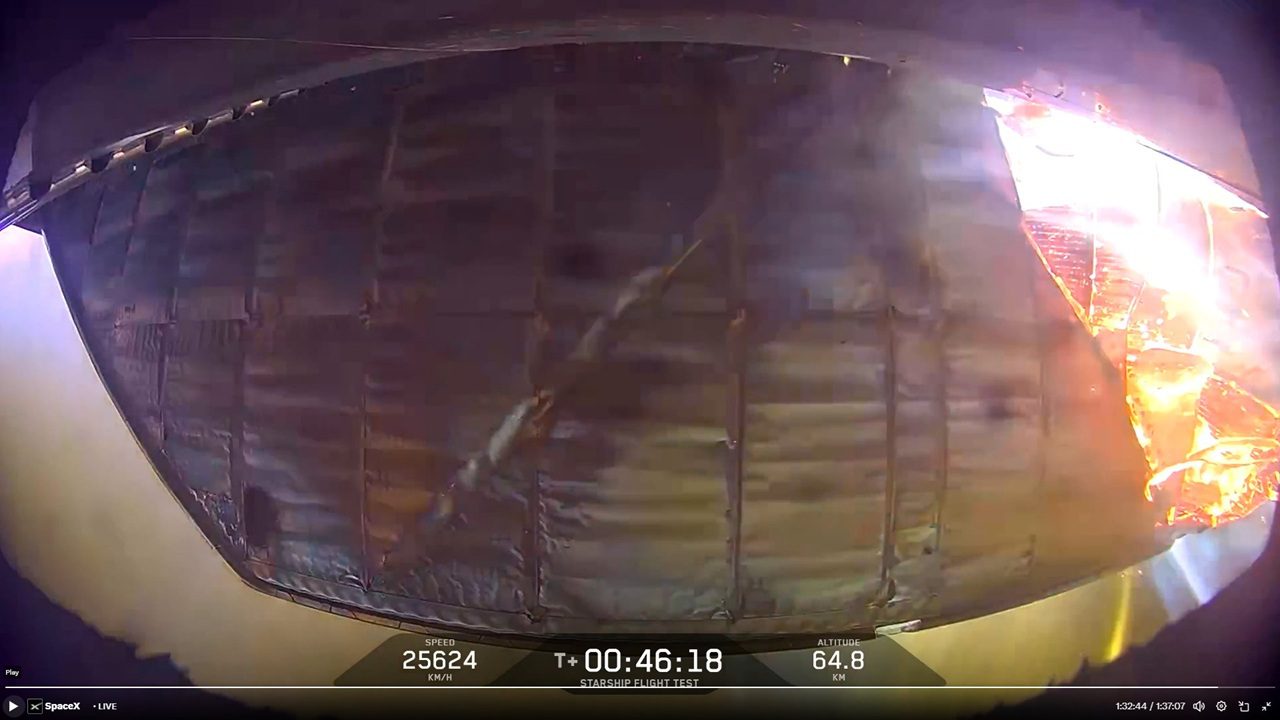After being hampered by Proton rocket reliability issues, a combination of launch price cuts and the industry’s acknowledgment of the need for more launch options, has allowed International Launch Services (ILS) to bounce back in the space launch market. As ILS looks to the future with the new Angara rocket series, Seradata’s David Todd was granted an e-mail interview with Kirk Pysher, the new President of ILS, whose surname, by the way, is pronounced “Pie-sher”. This interview first appeared in the WSRF newsletter in December 2015.
You were previously in charge of mission assurance at ILS. Proton’s recent poor reliability record is generally regarded as being mainly due to poor quality control. Is this correct?
Proton has been in service for 50 years with over 400 flights, you do not achieve that kind of a heritage without the foundations of a sound quality program. Of course with that kind of heritage and service duration comes changes or drift with the people, parts and paper that go into delivering the Proton flight hardware and software. You must be able to quickly identify those changes or drift and quickly adjust your systems, processes and personnel in order to efficiently adapt.
Unfortunately, I think every time there is a reliability related issue with Proton it gets painted with the quality brush. The fact of the matter is that mission assurance involves not only quality but also systems engineering and effective management. Failure to address or to properly pay attention to any one of these aspects will affect your ability to repeatedly deliver a reliable launch service.
How will Proton’s reliability be improved?
Khrunichev, as the designer and manufacturer of the Proton Breeze M launch vehicle, is squarely focused on restoring market confidence. They are implementing improvements to the quality management system (QMS) through the introduction of factory efficiencies and automated processes, in an effort to reduce the amount of touch labour. They are retraining and recertifying specialists and incentivizing essential employees with better wages. They are also reducing overall company general and administrative expenses. These improvements are being conducted in phases and it is expected that it will take three years to fully implement the improvement program. We are one year into the process and progress has already been made.
Are you concerned that Angara-A5 will not be fully commercially available until the 2020s and why are the few “commercial” flights of Angara-A5 initially being flown from Plesetsk not being marketed by ILS?
No, we are not concerned with the commercial availability of Angara 5 until the 2023-2025 timeframe. By that time, the new Vostochny Cosmodrome will have been fully commissioned and Russian Federal missions would have started to transition away from Proton in the 2021 timeframe. Having fully demonstrated the launch complex and having flight proven hardware and software before offering the Angara 5 commercially will minimize any perceived risk by our commercial customers and insurers.
Commercial Angara 5 from Plesetsk is not really a competitive solution from a heavy lift performance standpoint. The Vostochny Cosmodrome will provide the necessary heavy lift capability that our commercial customers require.
The next Angara 5 flight is planned for 2017 from the Plesetsk Cosmodrome. Following this launch, there will continue to be launches of Angara 5 from Plesetsk, as well as Angara 1.2. ILS will only be commercially marketing the Angara 1.2 from Plesetsk.
A year ago there was a change in leadership at Khrunichev Space Center, the majority owner of ILS, with Andrey Kalinovsky being appointed as Khrunichev’s General Director. How has this impacted ILS activities?
Mr. Kalinovskiy’s background in successfully improving quality systems in his former role at Sukhoi, on the SuperJet 100 program, is already proving to be beneficial to Khrunichev as it works to implement sweeping changes to the QMS by streamlining the production of the Proton launch system and creating a new, state of the art production facility for the Angara launch system.
I personally have spent the past 15 years walking through various factories in Russia and Ukraine and meeting a lot of talented and intelligent leadership within those facilities, I can honestly say that Mr. Kalinovskiy and his team are the most proactive and progressive leadership team I have had the pleasure to work with.
How much of a boost to ILS was Eutelsat’s recent multi-launch agreement with you and what other market/geographical sectors are you targeting in the next few years?
ILS’s recently announced awards with Hispasat, Eutelsat and Intelsat bring our backlog to 15 missions, which represents more than three years of launches. This is a significant boost for ILS and a statement from customers that they want Proton in the marketplace and the value they place on having launch diversity.
Do you think that the structural changes to Russia’s space industry, with all firms effectively becoming subsidiaries under Roscosmos, will improve things?
Consolidation of the ownership of Russia’s space companies allows for the more effective use of resources across the industry. For KhSC (Khrunichev), the transformation into a joint stock company to be owned by Roscosmos, allows it to conduct itself more like a corporation than a state institution. Many of the initiatives involved in streamlining and improving the Proton production line have been enabled by this transition.
Some of your competitors are introducing or considering reusable rocket technology. What is your view?
Yes, Khrunichev is also considering reusability as a long term goal with the Angara rocket. The primary engine of the common core is the RD-191, which was designed to be able to fire up to five separate times. So certainly, the capability is there, and if successfully introduced, it would also reduce costs over the long term. It is still being determined if reusability will include the whole rocket family or just the Angara 5.
What is your favourite space movie? Please explain why you like it.
That is a very interesting question and one that could have a multitude of answers with varying reasons. Apollo 13, The Right Stuff, 2001: A Space Odyssey, Alien, they all trigger memories. My first memory of a space movie was the 1967 Movie “The Reluctant Astronaut” starring Don Knotts. Although a comedy, this movie had Knotts being put through various astronaut training routines including a wild ride on a rocket sled. As a seven-year-old boy, I became infatuated with trying to replicate some of the training that astronauts had to go through. Never could figure out how to attach a rocket to a wagon and probably very fortunate that I didn’t.
Comment by David Todd:
Before his promotion, Kirk Pysher was previously ILS vice president in charge of mission assurance and product development. He has also previously worked on the Sea Launch programme and on Boeing’s Delta expendable launch vehicle series. As such, the experienced Kirk Pysher knows that Proton’s reliability is not yet good enough. Nevertheless, Pysher remains optimistic, not only over improving that, but also for ILS’s future prospects in general, especially in respect of the Angara-A1.2 which ILS is now actively marketing.
Kirk Pysher remembers his first space film as “The Reluctant Astronaut” (1967) which has Don Knotts in the title role as a man afraid of heights who becomes a NASA janitor and then an astronaut. It has amusing sequence which directly compares NASA’s astronaut training with that of NASA’s janitors, showing how right techniques and good quality control are essential for “mission success” in both cases – a lesson that the young Kirk must have subliminally learned in between designing rocket powered carts!
Our thanks to Kirk Pysher for doing this interview, and to Karen Monaghan of ILS for arranging it.






